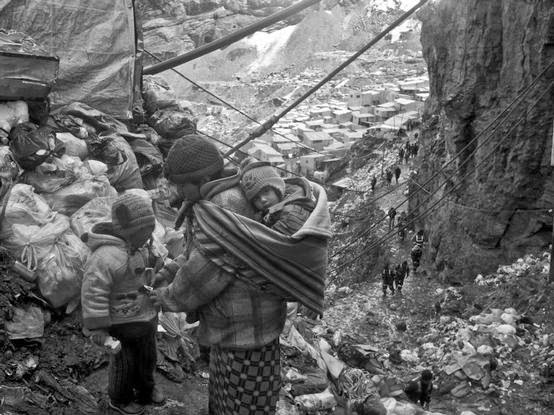 Watching Shyam Benegal’s Manthan (1976) was a great
experience. My respect for our film industry has elevated to completely another
level. The White revolution of India in 1970 serves as a backdrop to the film. The
cinematography is beautiful. The movie is about the setting up of Milk
co-operatives in villages for the benefit of poor farmers especially, this
pattern of setting up of milk co-operatives in rural India, led to the
formation of Amul, a daily co-operative in Anand, Gujarat, which is today
jointly owned by around 2.6 million milk producers in Gujarat. The title song ‘Mero
gaam katha parey’ is a gujarati folk song gives a very homely feel about rural
India.
Watching Shyam Benegal’s Manthan (1976) was a great
experience. My respect for our film industry has elevated to completely another
level. The White revolution of India in 1970 serves as a backdrop to the film. The
cinematography is beautiful. The movie is about the setting up of Milk
co-operatives in villages for the benefit of poor farmers especially, this
pattern of setting up of milk co-operatives in rural India, led to the
formation of Amul, a daily co-operative in Anand, Gujarat, which is today
jointly owned by around 2.6 million milk producers in Gujarat. The title song ‘Mero
gaam katha parey’ is a gujarati folk song gives a very homely feel about rural
India.
The movie is a well balanced blend of realism and altruism. The exposition or character building is successful all throughout the film; I can say that because in the end you tend to get attached to the main characters and can feel their pain and can also relate to them and their problems. Girish Karnad, has played his role, Dr. Manohar Rao, an idealistic youth with such conviction but even then Naseeruddin Shah takes away the audience by the earnestness and innocence of his character Bhola, the local head of all the Harijans, they make up half the village. Smita Patil plays her role Bindu, a woman feeding herself and her child on her own as her husband is of no use, with the utmost sincerity too. Arish Puri too, on the other hand comes to us naturally like a real-life villain, playing the role of Mishraji, who buys milk from the villagers at meager costs and profits from his dairy. Kulbhushan Kharbanda plays the sarpanch of the village, who is the other menace for the poor villagers.
All in all, I was not very interested in watching this old hindi movie but I do not the least regret watching it as I enjoyed every little thing about it, the more than usual different language, the interesting gujarati clothes, the village backdrop, the women carrying 1 or 2 matkas of milk on their head and kids on their waist; the plight of the villagers stuck between poverty, the ‘dadagiri’ of the sarpanch and power of Mishra; and the disparity that is felt by someone when their only buffalo, a source of their income, dies; the dialogue "sisoti aapni hai, aapni sisoti!' refering to the milk co-operative society.
If you too, like me love India for all its little worlds and stories it is made up of then go watch Manthan! Like Seriously, Watch It!


















